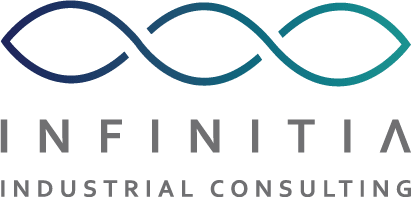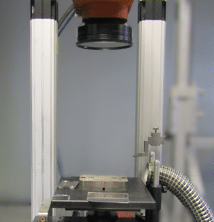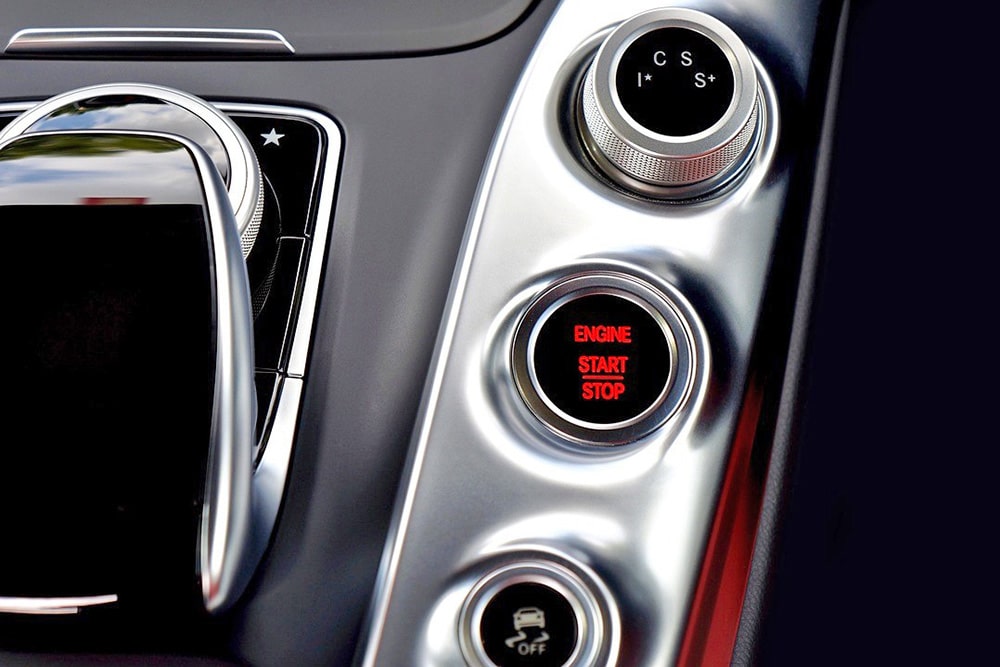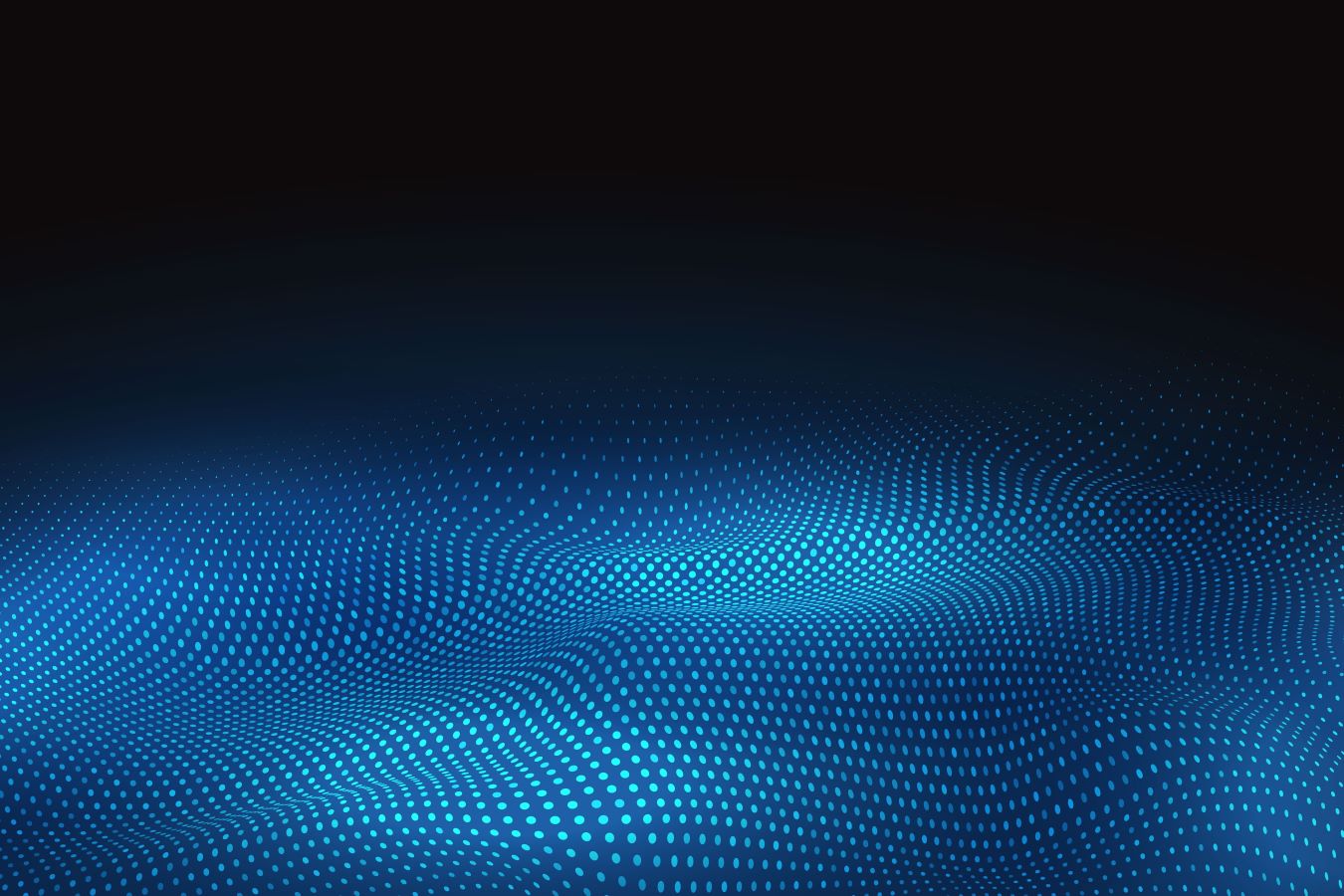What is laser microperforation?
Micro-perforation lasers are used to create tiny holes in materials. This high-precision equipment is designed to perform micrometric-scale perforations on a wide variety of materials, such as metals, polymers, ceramics and glass.
In the context of materials innovation and product improvement, laser microperforation has become a key technique in sectors as diverse as biomedicine, automotive and technical packaging.
At INFINITIA, this type of technology is used as a fundamental part of product improvement and process improvement, with the aim of providing innovative solutions to our customers’ technical challenges.

How does laser microperforation work?
The operating principle of laser microperforation is based on the controlled ablation of material through the interaction of ultrashort light pulses with the target surface.
Unlike other machining methods, this process does not involve physical contact or significant heat transfer, allowing even complex geometries and sensitive materials to be processed.
By programming specific trajectories and parameters—frequency, pulse energy, duration and scanning speed—it is possible to control the size, shape and depth of each perforation with high precision.
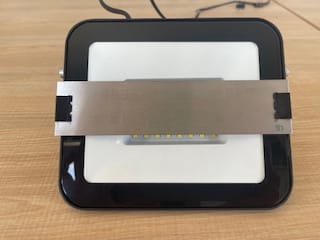
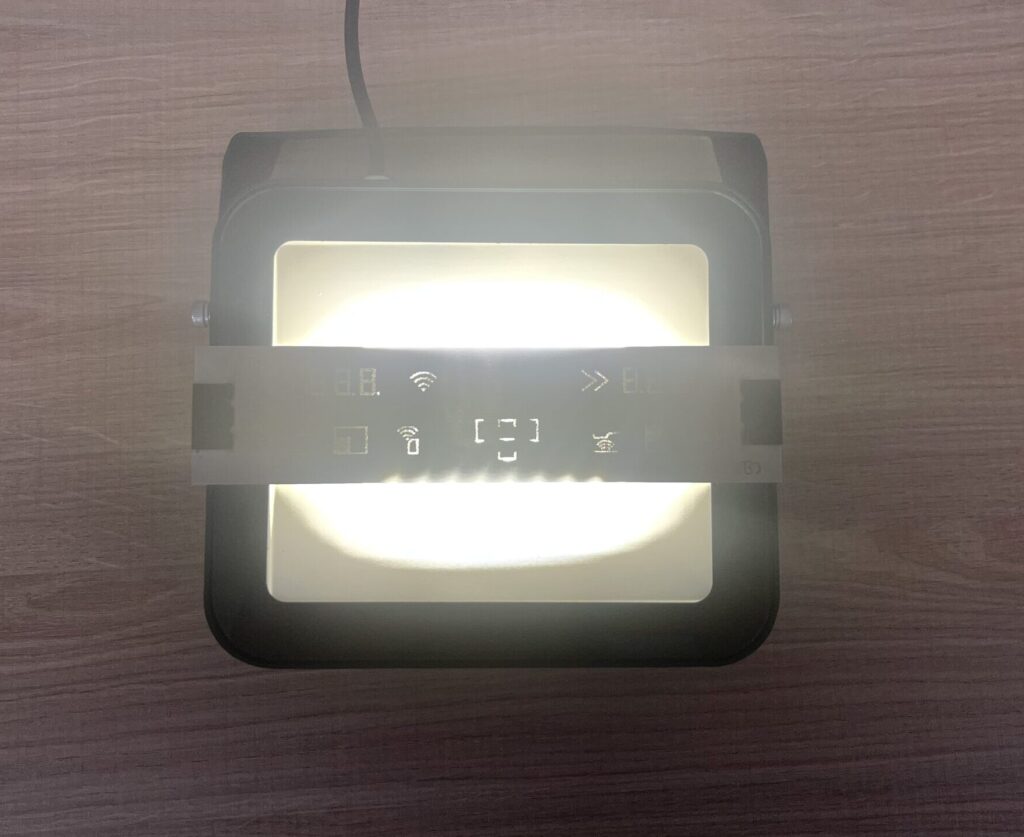
Benefits of laser microperforation
Among the most notable benefits of laser microperforation are its extremely high precision, the versatility of the materials it can work with, and its ability to perform treatments without contact or cross-contamination.
In addition, it allows perforations invisible to the human eye, which is essential in aesthetic or functional applications such as decorative marking or optical performance enhancement.
Its ability to be integrated into additive manufacturing processes or surface treatments makes it an indispensable tool in the development of new products.
At INFINITIA, we have used this technology for applications as diverse as microstructuring moulds, engraving permanent marks and manufacturing functional elements using laser transfer.
Marking laser equipment
At INFINITIA, we have the laser Amplitude Satsuma HP2 USP, a state-of-the-art device specially designed for microprocessing applications using ultrashort pulses.
This device operates in the range of 400 femtoseconds to 12 picoseconds, enabling precise ablation without generating heat-affected zones, an essential feature in micro-perforation, structuring and high-fidelity engraving processes.
The system offers a power output of up to 20 W and an adjustable repetition rate between 5 kHz and 2 MHz, making it adaptable to a wide range of materials and geometries.
This equipment is designed to work with metals, polymers, ceramics, glass and composite materials, and has 50 and 65 micron spots, ideal for tasks requiring perforations, fine cuts, surface structuring or material transfer.
Its integration into a laboratory environment allows for seamless combination with other characterisation and validation techniques, such as SEM, profilometry or spectroscopy.

Aplicaciones del Láser de Marcado
Thanks to its versatility, laser microperforation has become a key solution across multiple industrial sectors. Its ability to create fine, uniform, and precise holes makes it an essential technology in processes that require exact control over the geometry and distribution of perforations.
- One of its most common uses is in the manufacturing of filters made from metal or polymers, which are essential for the efficient separation of particles, gases, or liquids. These filters are used in industries such as chemical, food, and pharmaceutical, where hole uniformity and the absence of burrs are critical to ensure optimal performance.
- In the biomedical field, laser microperforation enables the production of devices such as catheters, stents, and needles, where micrometric precision and biocompatibility are essential. This same technology is also used in the creation of microperforated acoustic panels applied in architecture, automotive, and aerospace sectors, offering excellent sound absorption performance while maintaining a strong aesthetic design.
- The electronics industry and microelectromechanical systems (MEMS) also benefit from this technique to perforate fragile materials such as ceramics or silicon, enabling the integration of sensors, microchannels, and other functional components with high precision. Likewise, in the automotive and aerospace sectors, microperforation contributes to structural lightening and thermal control in metallic components, and plays a key role in the production of injection nozzles or sensors.
- Beyond its technical function, this technology also plays a prominent role in industrial design. It is used to create decorative patterns and functional textures on leather, plastics, and metals, combining aesthetic value with specific properties such as enhanced grip or product customization.
The latest advances in laser technology have further expanded these applications, through the use of ultrashort pulses — in the range of femtoseconds or picoseconds. This innovation allows for surface modification with extreme precision and minimal thermal effect, avoiding material deformation, burr formation, or heat-affected zones. The result is clean, stable, and reproducible processes that significantly reduce the need for post-processing.
At INFINITIA, we apply this technology to create novel aesthetic finishes using backlighting on various materials, providing a unique edge in advanced design projects. Additionally, we use laser microperforation as a key tool within a broader approach: multifunctional laser microprocessing.
This set of techniques includes microstructuring, texturing, marking, surface drilling, and material functionalization. In our R&D projects focused on materials innovation, these techniques allow for the localized and controlled modification of metallic, ceramic, or polymeric surfaces to alter their physical, chemical, or aesthetic behavior. Applications such as durable decorative marking, microchannel creation, or adhesion enhancement on technical parts directly benefit from these capabilities, opening new possibilities for the development of advanced solutions.
Here are some examples of laser microperforation at INFINITIA:
